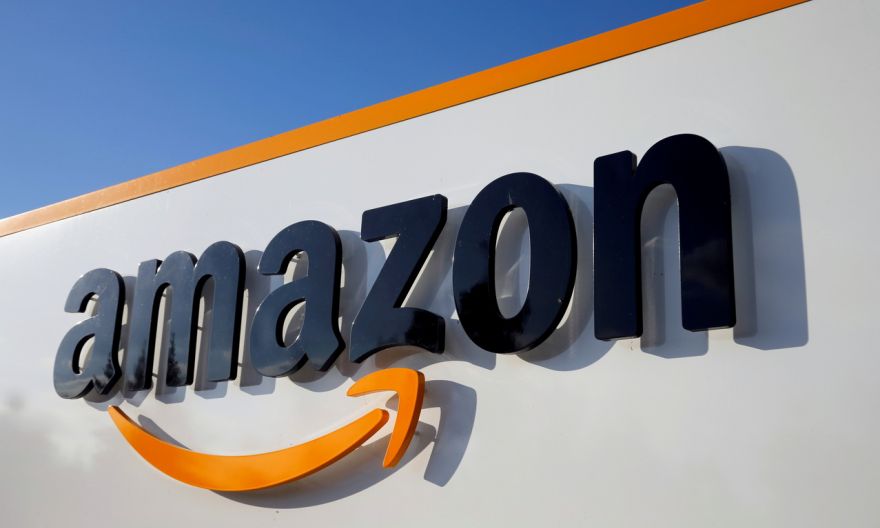Amazon lures advertisers from Facebook after Apple privacy shift

NEW YORK (BLOOMBERG) – Amazon.com’s move into digital advertising so far has mostly come at the expense of market leader Google since shoppers often bypass the search giant and look for products directly on Amazon.com. Now, the world’s largest online retailer is starting to grab advertisers from Facebook, too.
For years, Facebook – No 2 in US digital ad sales – was largely immune from such encroachments because social media sites were considered distinct from the search advertising prominent on Amazon and Alphabet’s Google. Then, in June, Apple introduced privacy changes on iPhones that made Facebook advertising less effective.
That prompted some brands to seek alternatives to advertising on the social-media giant and its Instagram unit. Amazon, with an estimated 153 million USPrime subscribers, was an obvious choice.
The shift from Facebook to Amazon is nascent, and it’s too early to gauge how widespread the phenomenon is or how enduring it will be. And many brands remain reluctant to sell on Amazon because they fear losing a direct connection with customers.
But New York marketing agency Belardi Wong, whose 300 clients include furniture maker Blue Dot and apparel seller Bombas, said more than 40 per cent of its roster in June reported a decline in the performance of their Facebook ads – sending them rushing for other options.
“We’re seeing more and more of our clients branch out to marketplaces like Amazon,” agency President Polly Wong said. “More clients are selling on Amazon and having a huge marketplace business.”
Vanity Planet, a Belardi Wong client that sells facial steamers and other home spa products, is reducing its Facebook ad budget by 22 per cent this year, due in part to the privacy changes, and shifting half of that money to Amazon.
“We have inventory, so we have to look for ways to grow our business,” said Mr Alex Dastmalchi, who runs the Newport Beach, California-based company. “We are shrinking our ad spend on Facebook and the biggest place we are growing is Amazon.”
Amazon, through a spokeswoman, declined to comment.
The Seattle-based giant was late to the US$191 billion US digital advertising market, fearing that a site cluttered with ads would alienate shoppers.
Today, advertising represents one of the company’s fastest-growing and most profitable lines, supplementing the low-margin e-commerce business.
Amazon now has 10.7 percent of the US digital ad market, compared with Google’s 28.8 per cent and Facebook’s 25.4 per cent, according to EMarketer. And in the second quarter, Amazon’s “other” category, which is mostly advertising revenue, grew 87.5 per cent versus 56 per cent for Facebook’s ad sales.
Now, thanks to Apple, Amazon has an opportunity to grab even more of the ad market.
An iPhone software update in June asked app users whether they were willing to have their internet activity tracked. Industrywide, users are opting to give apps permission to track their behavior only 25 per cent of the time, according to Branch, which analyses mobile app growth.
Less tracking makes it harder for Facebook and other online companies to tailor their ads to help business find their most promising customers.
Despite reporting robust sales and earnings earlier this month, Facebook struck a cautious tone, saying that Apple’s move could weigh on growth this year.
Investors, who drove down the shares, are also concerned that Facebook’s robust sales growth during the pandemic could ease up as people spend less time on their phones and laptops.
Amazon isn’t the only business benefiting from Facebook’s woes. Brands are turning to social media influencers as well as traditional channels like broadcast media and direct mail. But it’s hard to avoid Amazon, despite the fact that it controls the customer experience.
Shinesty.com, a direct-to-consumer brand known for gimmicky underwear, is increasing its presence on Amazon this year while keeping its Facebook marketing budget flat.
Co-founder Jens Nicolaysen says Amazon isn’t an ideal substitute for Instagram, which is especially suited to introducing people to products they didn’t realise they wanted.
Shinesty is looking to generate demand on television and on streaming sites like YouTube and then make sure it has inventory on Amazon since so many people search for its products on the site. The company hopes to limit sales on the site to no more than 20 per cent of revenue and retain a direct relationship with customers.
“We weren’t on Amazon for a long time, but we did a good job building brand recognition, so people were searching for us on Amazon,” Mr Nicolaysen said. “The bigger you are, the more you lose by not having any presence on Amazon.”
